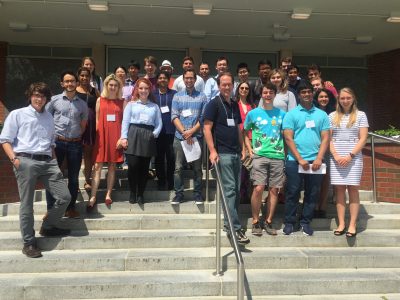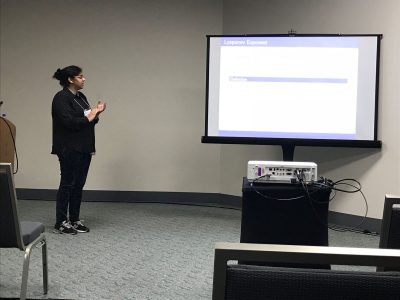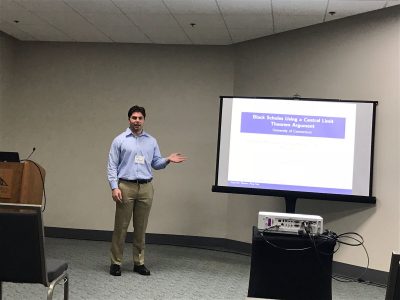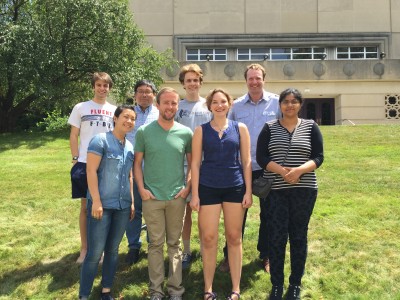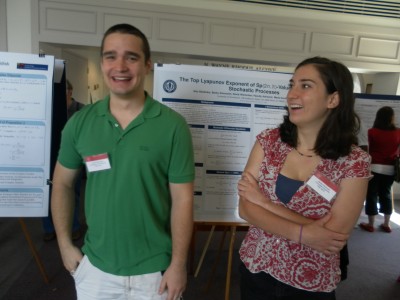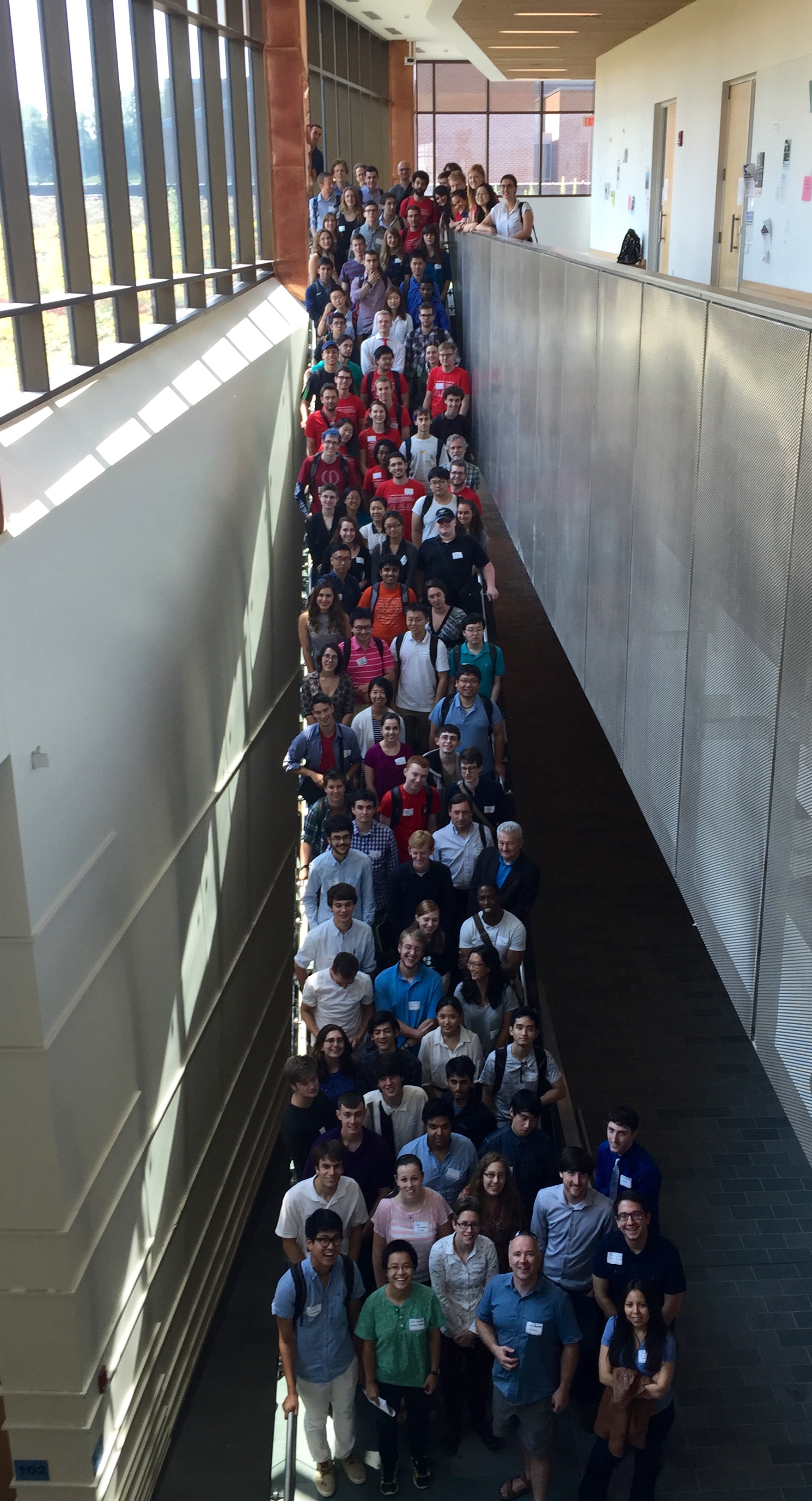Group Members
Ayelet Amiran, Skylyn Brock, Ryan Craver, Ugonna Ezeaka, Mary Wishart 
Supervisors
Fabrice Baudoin, Berend Coster, Phanuel Mariano
Overview
Financial markets have asymmetry of information when it comes to the prices of assets. Some investors have more information about the future prices of assets at some terminal time. However, what is the value of this extra information?
We studied this anticipation in various models of markets in discrete time and found (with proof) the value of this information in general complete and incomplete markets. For special utility functions, which represent a person’s satisfaction, we calculated this information for both binomial (complete) and trinomial (incomplete) models.
Publication
| Journal reference: | Involve 12 (2019) 883-899 |
| DOI: | 10.2140/involve.2019.12.883 |
arXiv:1808.03186
Presentation
tba
